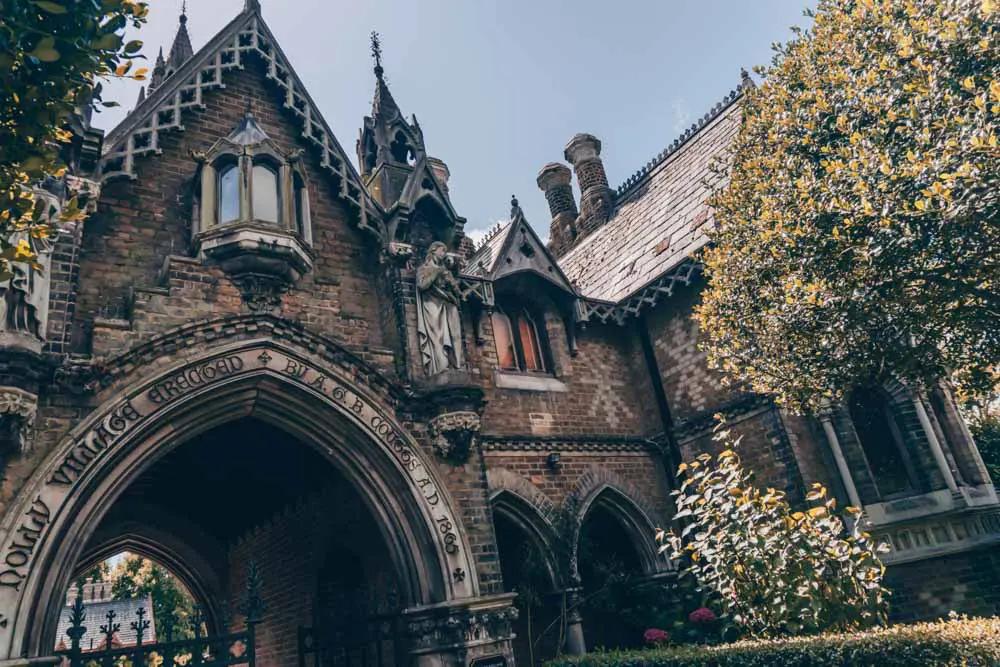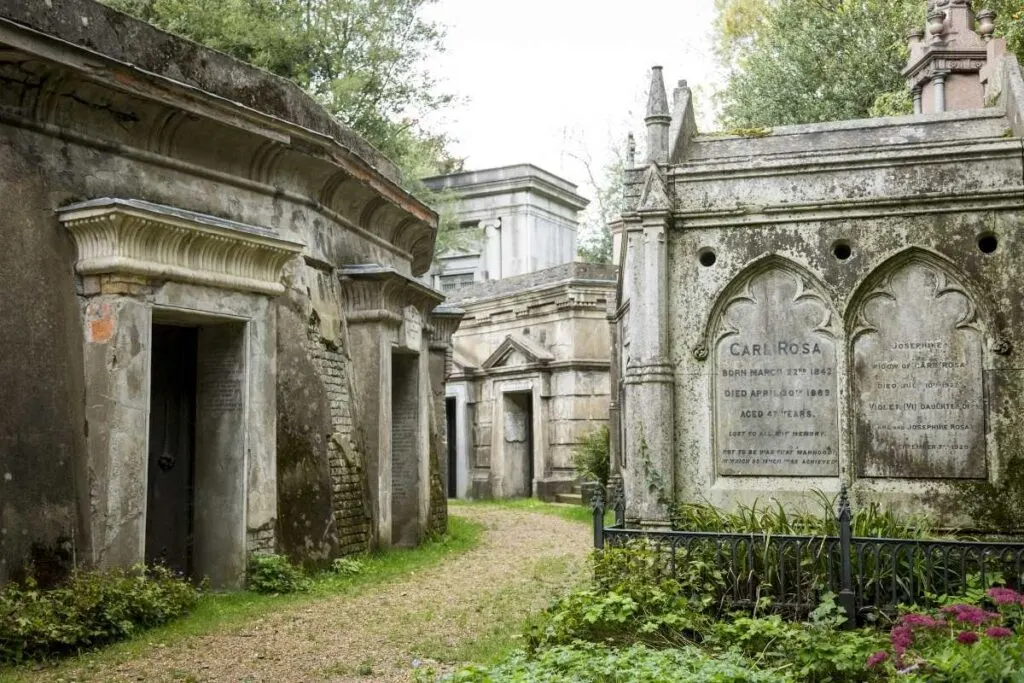Skirting the east side of Hampstead Heath, Highgate may just be one of London’s quaintest spots.
Long a haunt of the bohemian intelligentsia, don’t let the sleepy aspect of this village within a city fool you – there are plenty of places to see and things to do in Highgate.
Towering Georgian houses, quaint pubs, chi-chi cafes and, of course, that cemetery – Highgate has a lot going for it. It’s little wonder that it’s a long-beloved spot for celebrities. First, it was members of the literary elite like Charles Dickens (albeit briefly), Samuel Taylor Coleridge and John Betjemen, these days it’s musicians, models and film stars – Justin Bieber and Kate Moss among them.
That’s not really what you’re in Highgate for, though. That would be the quiet pace of village life – punctuated by sights like Highgate Cemetery it’s almost impossible to believe you’re still in London.
We have to be frank, Highgate Village is charming in a way that few places in this chaotic (but brilliant) city are – ridiculously pretty, with lots of historic spots to see and old-world pubs to drink in.
Ready to explore Highgate? Let’s discover.
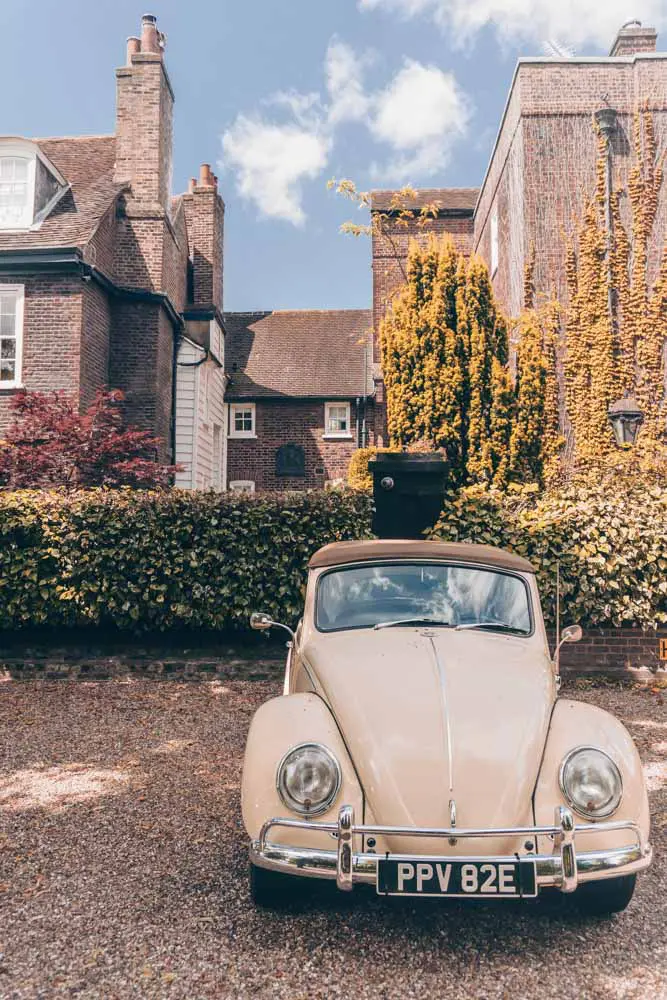
Things to do in Highgate
Delving into the spots you shouldn’t miss.
Highgate Cemetery
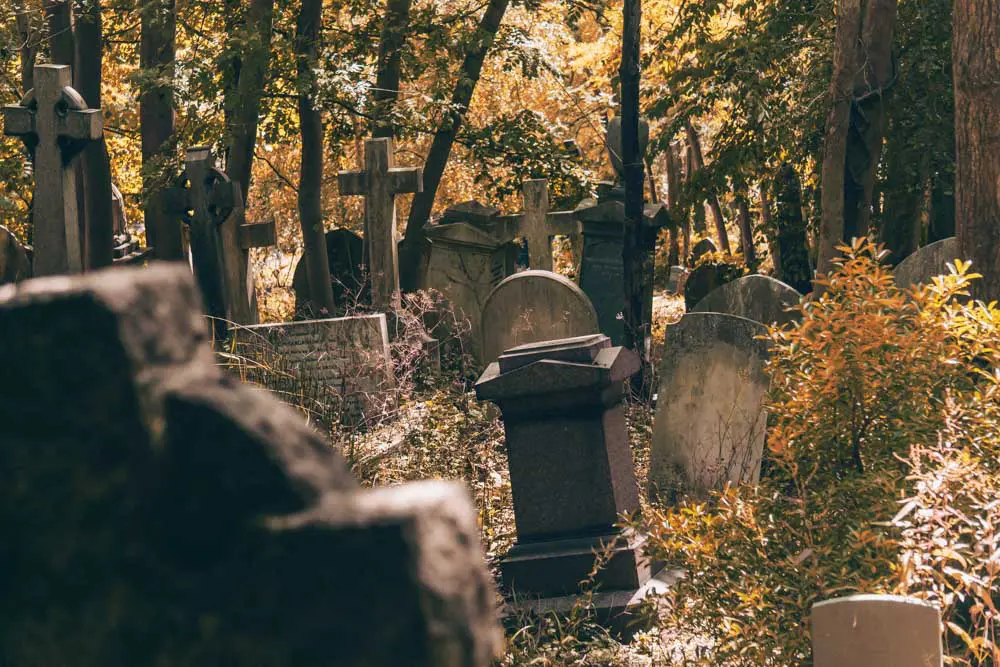
Arguably London’s most famous graveyard, Highgate Cemetery is the best-known of the Magnificent Seven cemeteries that were built on the peripheries of Victorian London (others include Nunhead and Kensal Green). It was built in 1839 – first came the famous West Cemetery, then the later East Cemetery extension that opened in 1860.
Why’s Highgate Cemetery so famous? That’s partly down to the people that are buried there – with names like Karl Marx, George Eliot, Michael Faraday and Christina Rosetti amongst its ‘residents’ – it’s little wonder that it quickly established itself as a place where people paid homage to the late greats.
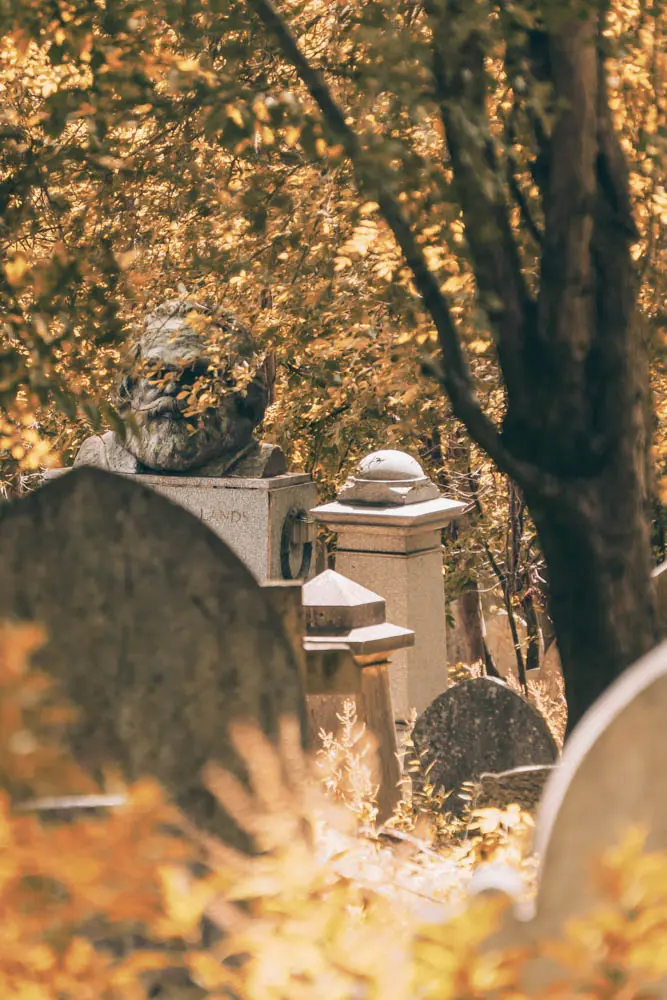
The other reason? Well, that would be the rambling expanses of Victorian Gothic stonework punctuated by winding walkways amidst shady trees. It’s got a unique appeal of its own and is always worth a wander (though beware – access to the West Cemetery is almost exclusively by guided tour).
Visiting: West Cemetery – access mostly through guided tours. Adults £18, children 8 – 17 £10. No children under 8 allowed. Tickets also include entry to the East Cemetery on the same day. East Cemetery – access through timed tickets. Adults from £6, children from £2.
Highgate Wood
Undeservedly lost in the shadow of Hampstead Heath, Highgate Wood is one of the nicest green spaces in North London – a meandering stretch of ancient woodland that was mentioned in the Domesday Book.
Stretching from the gates of Highgate Station all the way towards Alexandra Palace, this piece of woodland is gorgeous at any time of the year, it’s particularly glorious during bluebell season when the area near the Cranley Gate bursts into a carpet of bloom.
Holly Village
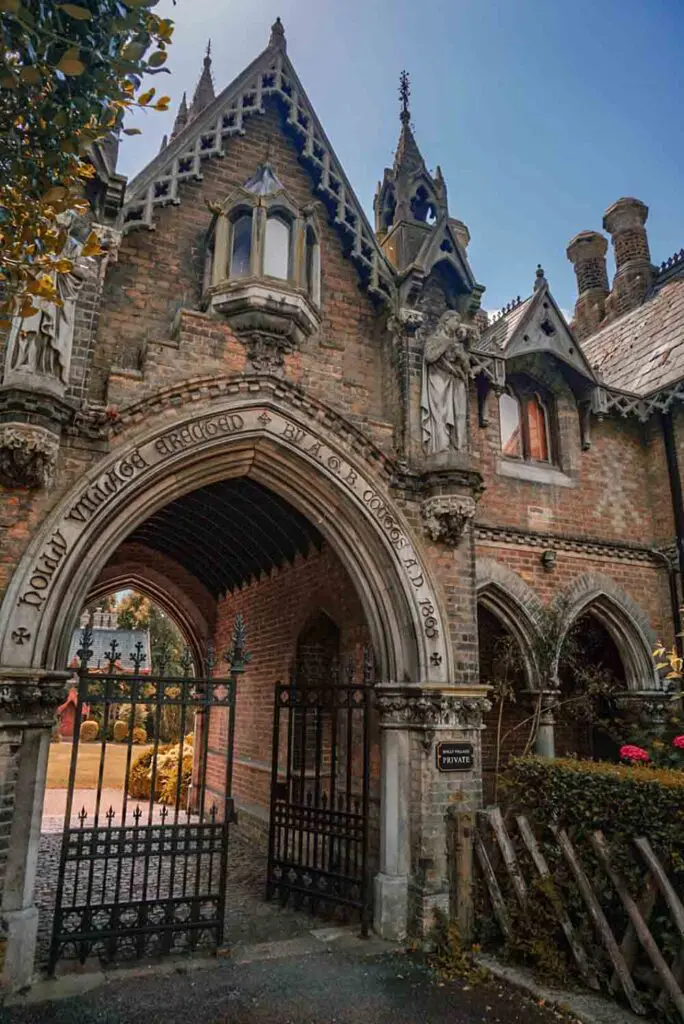
Highgate is no stranger to imposing architecture, yet the elaborate Neo-Gothic buildings of Holly Village never fail to make me stop and stare.
The village within a village was built at the behest of Angela Burdett-Coutts – in Victorian times, the second richest woman in Britain – and no expense was spared on its rather outrageously flamboyant design. Unfortunately, you can’t go inside but the exterior gives you plenty to gawp at.
Hampstead Heath
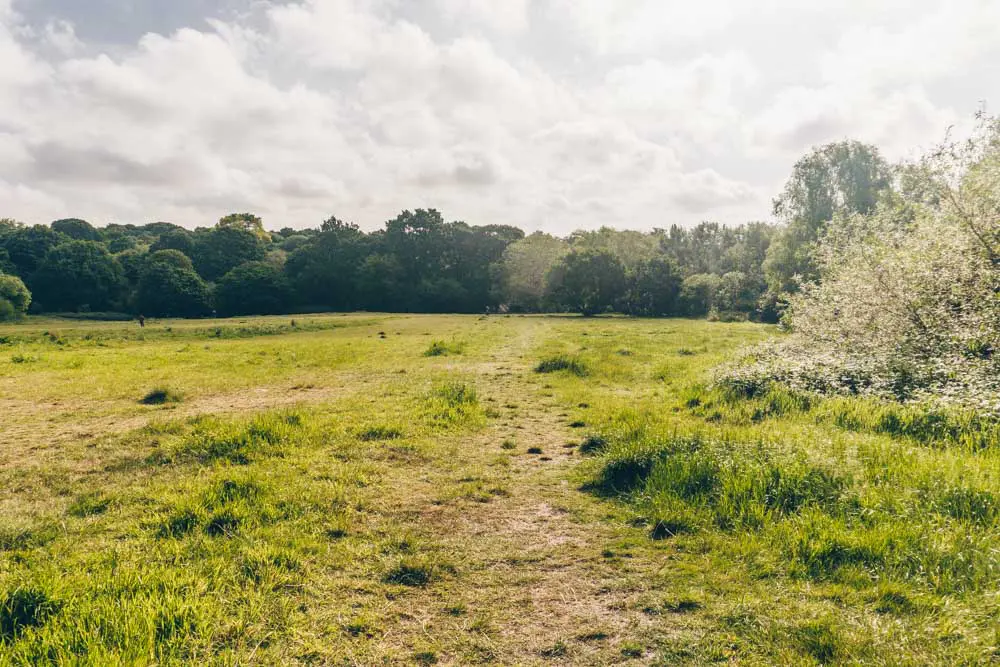
I can only describe Hampstead Heath as a stretch of countryside caught up in the outer regions of London – historically, that’s exactly what it is – a rolling vista of muddy lanes, copses and heathland that’s been gradually surrounded by London as it pursued its outward march.
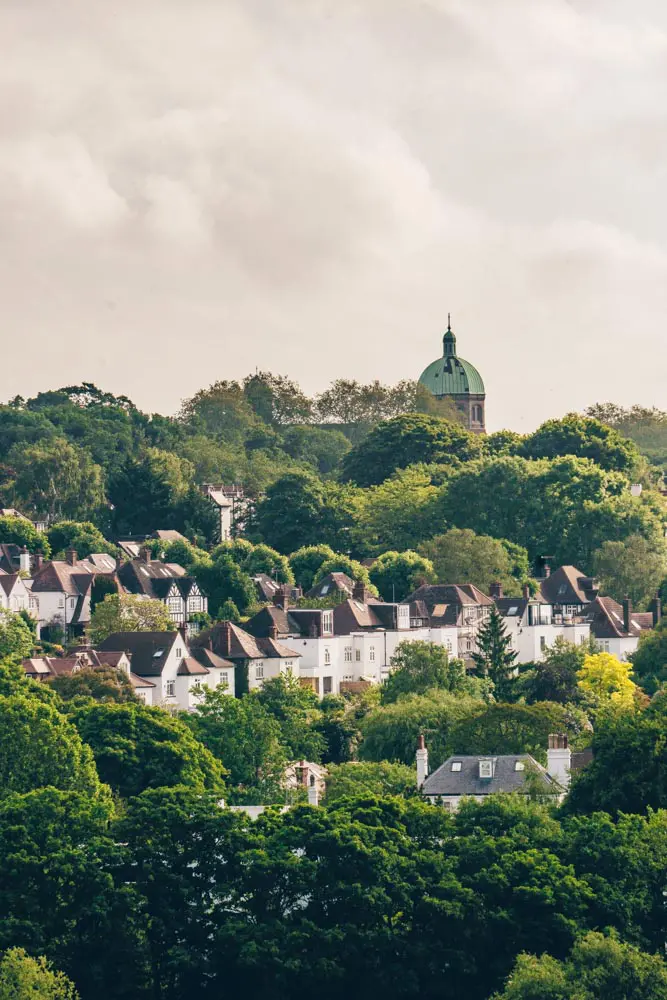
You can’t come to Highgate and not spend any time on the Heath. Despite the name, a good chunk of it skirts Highgate, including the sections with Kenwood, the Highgate Men’s Bathing Ponds and Kenwood Ladies Bathing Pond.
And that’s not to mention the awesome views across the London skyline from Parliament Hill.
Highgate Literary & Scientific Institution
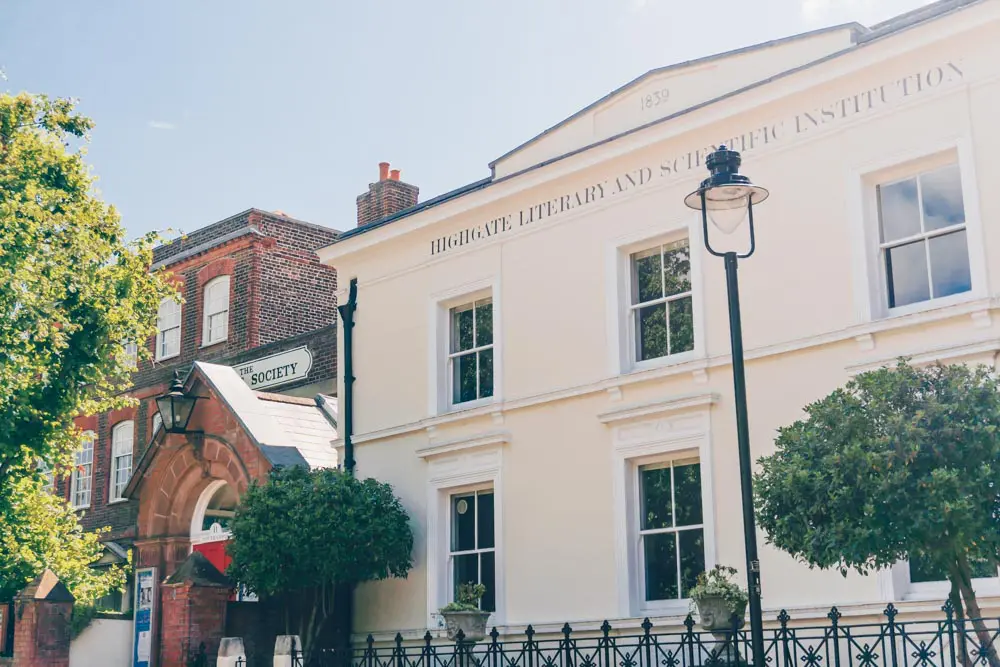
High thinkers and intellectuals have long gathered at the Highgate Literary and Scientific Institution. It was established in 1839 with the purpose of helping the wider public learn about the widespread change taking place as part of the Industrial Revolution.
These days it’s known for its wide ranging program of events, films, lectures and music – along with its extensive library. Non-members can book events and access the reference library.
Go Blue Plaque Spotting
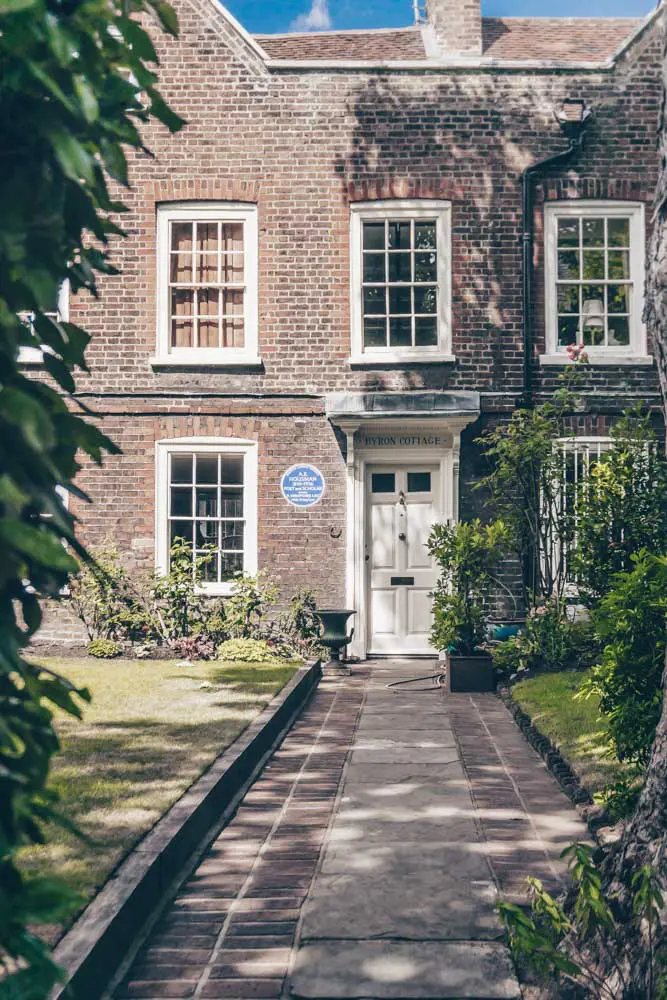
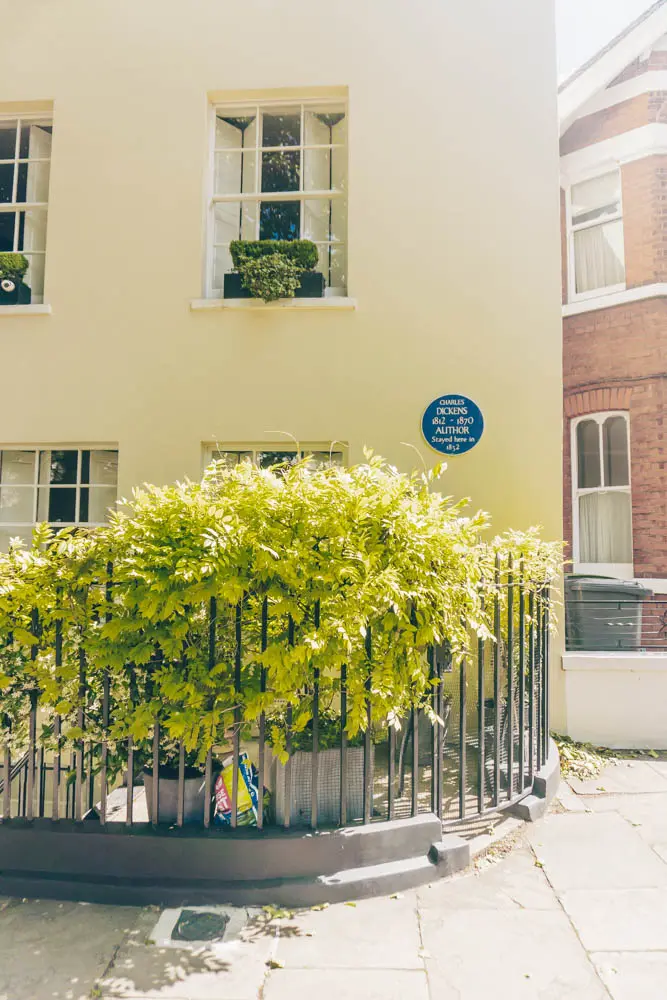
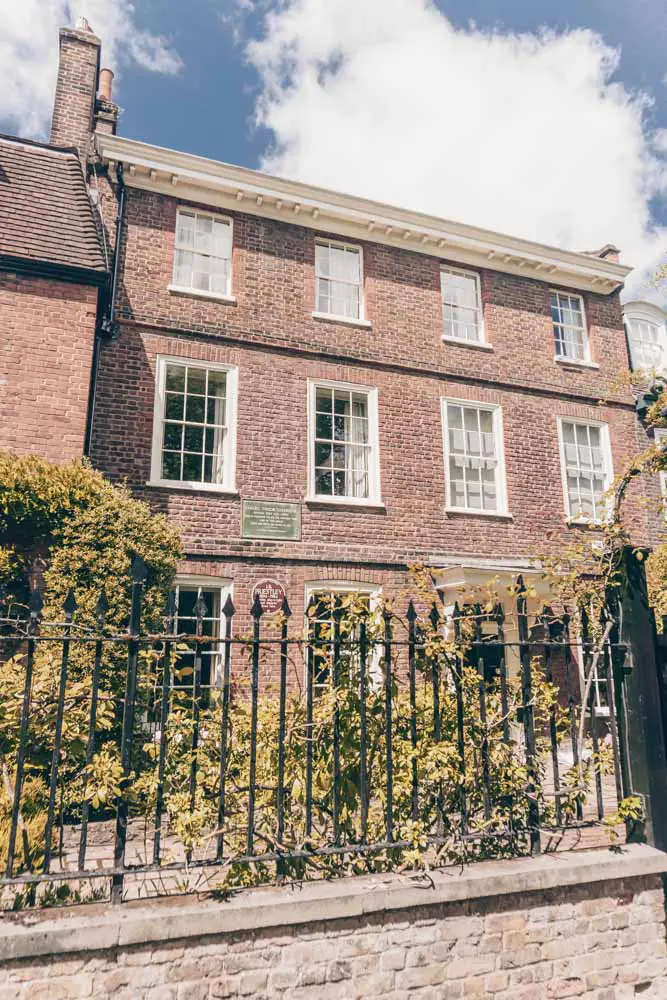
Highgate isn’t short of famous residents – historical as well as present: a fact that’s confirmed by the proliferation of blue plaques flanking the facades of many of the area’s buildings. Hunting them out is one of my favourite things to do in Highgate.
We won’t give you a blow by blow rundown but here are a few to look out for.
- Poet Samuel Taylor Coleridge lived at Moreton House and then number 3 The Grove as a guest of Dr James Gillman from 1816 until his death in 1832.
- Playwright JB Priestley also lived at 3 The Grove.
- Poet Sir John Betjemen lived at 31 Highgate West Hill as a child.
- Novelist Charles Dickens – stayed at 92 North Hill for a brief period in 1932.
- Poet AE Houseman – 17 North Hill
Kenwood House
The pretty Georgian exterior of Kenwood House makes an attractive addition to Hampstead Heath. Run by English Heritage, inside you’ll find an art collection featuring works by Rembrandt, Vermeer, Gainsborough and Cezanne.
There are also extensive gardens, woods, and grounds to wander around, including a duelling ground, exactly 40 paces wide, hidden in a small clearing within the woodland.
Waterlow Park
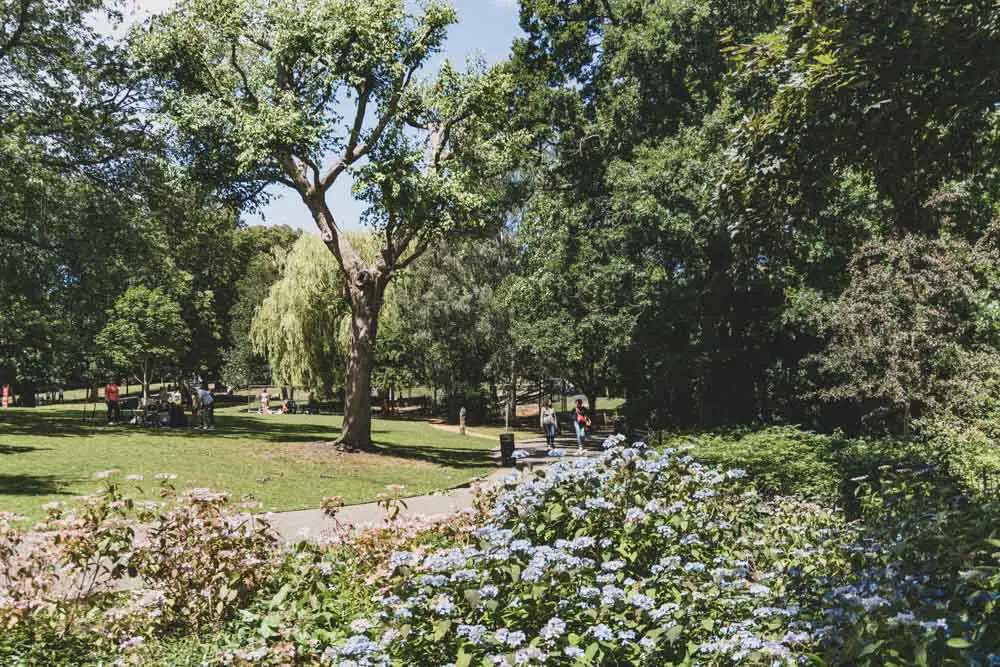
The 29 acres of Waterlow Park was donated to the public by Sir Sidney Waterlow to be a ‘garden for the gardenless’. It has remained so since, a welcoming combination of formal gardens, stretches of lawn and water features. Lauderdale House – an arts and education centre whose buildings date back to the Tudor times sits at the centre of it all.
Didn’t book your ticket to Highgate Cemetery in advance? You can also cheekily perch at the edge of the spot and glimpse the leonine head of Karl Marx’s grave poking through the trees.
Whittington Stone
London’s legendary mayor Dick Whittington is the stuff of lore – so it may come as a surprise to find this small stone statue commemorating one of the pivotal events in his life.
The Whittington Stone marks the spot where Whittington, at the beginning of his journey leaving London, heard the Bow Bells chiming ‘Turn again Whittington, thrice Lord Mayor of London.’ He turned around, going on to hold the position of Lord Mayor four times between 1397 and 1420. The stone was erected in 1821.
Parkland Walk
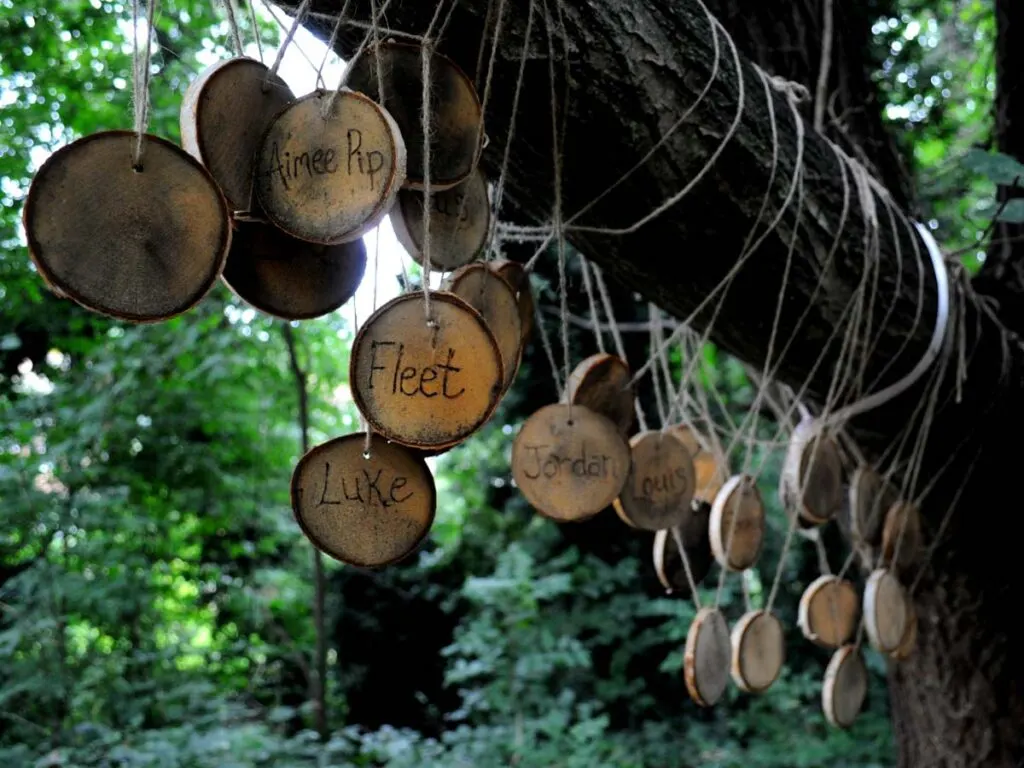
Starting just behind The Boogaloo, the Parkland Walk is one of my favourite walks in London. It traces the path of a former railway from Highgate to Finsbury Park – though you can also continue from Highgate in the other direction to Alexandra Palace too.
Highgate Bookshop
Highgate’s well-heeled High Street hasn’t escaped the clutches of the generic brands found all over the country, so it’s particularly refreshing to come across the independent Highgate Bookshop. There’s a good selection of both fiction and non-fiction books and the knowledgeable staff will help you pick your next great read if you need a bit of help.
Lauderdale House
As mentioned in a previous section, Lauderdale House is an arts venue set in Waterlow Park.
This beautiful Tudor period house was built in 1582, by public supporters of Elizabeth I who plotted against her in public. It’s enjoyed a rich history, including playing host to Arbella Stuart, a cousin of James I for 6 days as she travelled to London as a prisoner, and was home to one of the most important figures of the English Civil War, John Maitland.
It’s also rumoured that Charles II’s famous mistress Nell Gwynne blackmailed the monarch here by dangling their son out of a top floor window, before becoming a hospital in the late 19th century.
Nowadays, the house and gardens are free to enter and host a huge number of exhibitions, adult classes and workshops, kids’ activities, concerts and other events.
Gonnerman Antique Furniture
If you come out of Highgate Station and walk up the slope towards Shepherds Hill, on the corner of the crossroads by the traffic lights is the curious building that’s home to Gonnerman Antique Furniture.
This wonderful treasure trove of 20th century furniture and lighting has plenty of pieces that look as though they’ve come out of a Mike Leigh film, or a ‘futuristic’ batchelor pad from the 1970s.
From chairs and sofas, to desks, dining tables, and bedside cabinets, as well as plenty of quirky lighting, we love heading here to discover their cool mix of UK and Scandinavian homeware from the mid 20th century and beyond.
Look out for Bats
The former Highgate station on the former Highgate to Finsbury Park Line, that now forms part of the Parkland Walk, is also home to one of the most important bat roosts in London.
Eight different species of bat have been recorded in Highgate Wood and within the disused platforms of the Highgate station, and within the disused railway tunnels.
While we absolutely don’t suggest that you deliberately seek to find them and upset their natural habitats, wandering around during dusk may see you come across, among other species, the Common Pipistrelle, the Soprano Pipistrelle, Natterer’s, Daubenton’s and the humble Brown Long-eared bat.
Browse Highgate High Street
Highgate High Street is one of those high streets that suburban London does so well. Rather than being stacked with bookies, pound shops, and fried chicken establishments, it’s home to a huge range of gorgeous independent shops, boutiques and coffee shops.
There’s a butcher, a baker, maybe not a candlestick maker, but a wonderful florist and stationery shop instead.
One of our absolute faves though is the utterly charming Souvenir which is stacked with gorgeous figurines, tea towels, tote bags, scarves, and even beautifully made soft animal cushions.
Eating & Drinking
My favourite places to eat and drink around Highgate
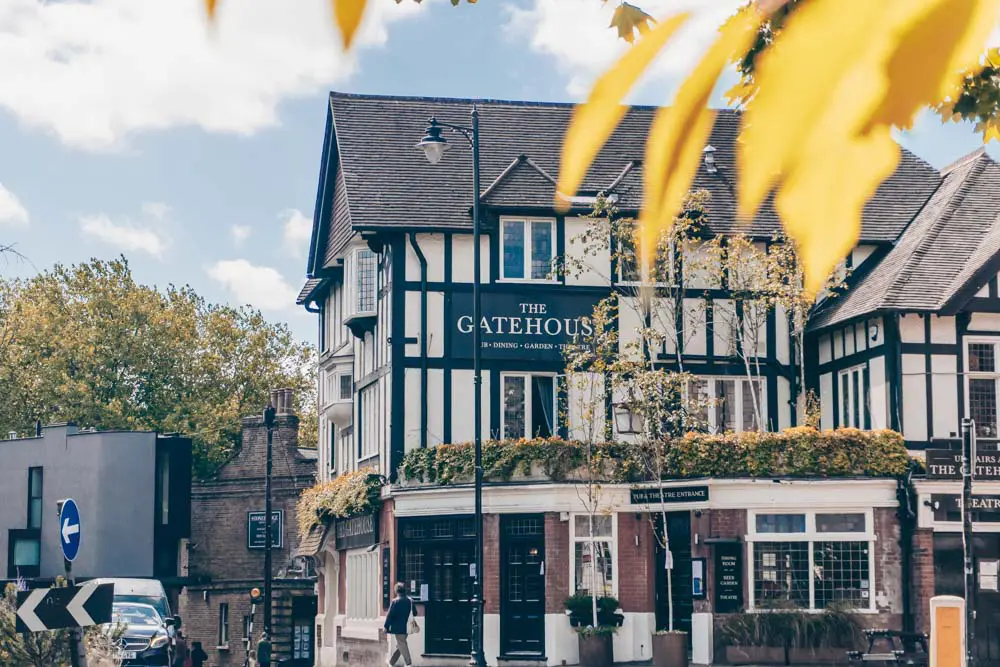
The Boogaloo Pub
A legendary music venue and rather cracking pub, The Boogaloo is a great spot for catching a gig or popping into a quiz night. It’s also the spot where The Libertines reunited… so there’s that.
They have their own radio station, regular live music, and other events every night of the week, including board games, pop quizzes, a poetry and film club, comedy, and live DJs over the weekend.
What else… Oh yeah, it’s home to some of the best burgers and wings in North London as well.
The Duke’s Head
Highgate boasts brilliant pubs aplenty – The Duke’s Head among them. The pub (which has won the Time Out Love London awards four times) always has a wide range of beers from indie breweries on tap and welcomes an ever-changing menu thanks to a roster of cool street food brands.
At the time of writing, it’s Rack City Ribs and their fusion of Jamaican / American grub, from ribs to burgers, hash brown fries to vegan offerings.
Not only that, but the interior is full of cool retro film posters, photos of musicians, and the odd beer and cigarette advertisement from yesteryear, which is a true celebration of all things American.
Fabrizio Restaurant
The charming Fabrizio Restaurant is one of the highlights of Highgate’s dining scene thanks to its delicious (and unpretentious) Italian cuisine. The emphasis is on authenticity here – traditionally-prepared pizzas, antipasti, risotto and hearty secondi make their presence known on the menu – and it shows.
The Gatehouse
Another of Highgate’s stellar pubs, The Gatehouse is a pub-come-theatre in a historic spot. It’s claimed that there’s been a pub here since 1337 – in the past it sat next to the tollgate for the Bishop of London’s access route to the city.
During its illustrious past, it also popped up as a courtroom and meeting house. At one time The Gatehouse was split between the boroughs of Middlesex and London – a fact that caused problems when prisoners would repeatedly try to escape across the boundary line (and presumably to freedom).
Upstairs you’ll find one of London’s best-known fringe theatres – Upstairs at The Gatehouse.

